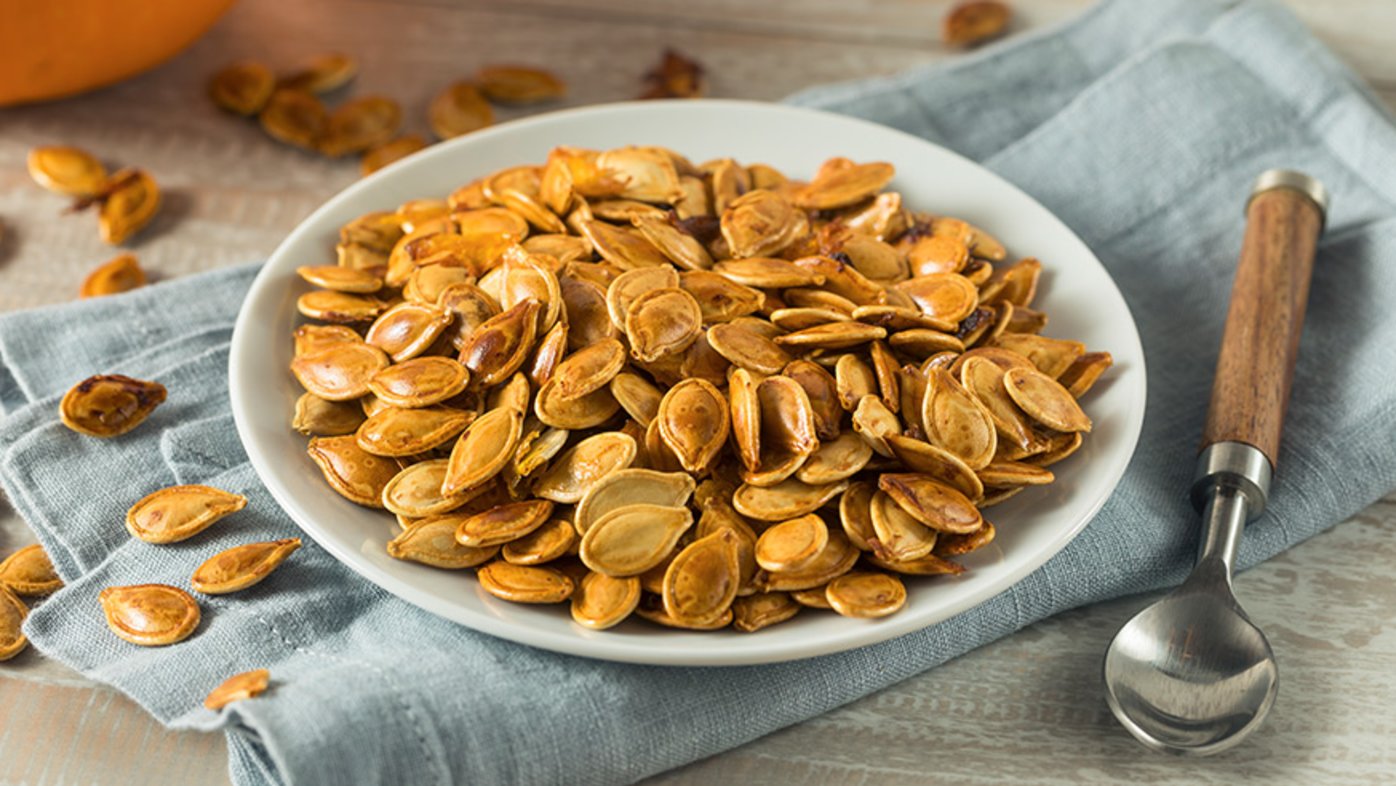
Health benefits of pumpkin seeds
Pumpkin seeds are loaded with the nutrients our bodies need.
Whether it is the byproduct of poor footwear, long periods of standing or an aging population - or a combination of these factors — plantar fasciitis is no laughing matter.
What is plantar fasciitis?
Plantar fasciitis is the injury and inflammation of a thick band of connective tissue (large ligament) that runs across the bottom of your foot and connects your heel bone to the base of the toes (plantar fascia). It is one of the most common causes of heel pain.
"This condition commonly causes sharp pain that usually occurs with your first steps in the morning," says Dr. Amir Hajimirsadeghi, a podiatrist with Sharp Rees-Stealy Medical Group. "As you get up and move around, the pain normally subsides but might return after long periods of standing or inactivity."
Who is susceptible to plantar fasciitis?
Generally, plantar fasciitis affects people between the ages of 40 and 60, and affects women more than men. The condition is common in runners, but also affects people —such as factory workers and teachers — who spend most of their work hours walking or standing on hard surfaces that can damage their plantar fascia.
In addition, people who are overweight and wear shoes with high heels or inadequate support have an increased risk of plantar fasciitis. There are other considerations, as Dr. Hajimirsadeghi points out.
"Tight calves and short Achilles tendon is an aggravating factor and can initiate plantar fasciitis in patients with high arch foot or flat foot who have a very active lifestyle," he says. "Having an abnormal pattern of walking can affect the way weight is distributed when walking and standing that may cause plantar fasciitis. This puts added stress on the plantar fascia, instigating micro tears that lead to inflammation of plantar fascia."
What to do if you suspect you might have plantar fasciitis
It is important to seek treatment by a specialist once you notice signs of plantar fasciitis. However, until you see your podiatrist, you can start self-treatment as follows:
Stretching calf muscles and the Achilles tendon is the most important initial treatment.
Wearing proper stiff-sole shoes can reduce pressure and help with pain.
Using over-the-counter orthotics can also help to manage symptoms.
"Ignoring plantar fasciitis may result in chronic heel pain that hinders your regular activities," warns Dr. Hajimirsadeghi. "Changing the way you walk to minimize plantar fasciitis pain might affect you in other ways and lead to foot, knee, hip or back problems."
What stretches or exercises can you do to alleviate or even prevent plantar fasciitis?
Stewart Sanders, DPT, a physical therapist with Sharp Rees-Stealy, outlines four helpful stretches for plantar fasciitis.
Our weekly email brings you the latest health tips, recipes and stories.